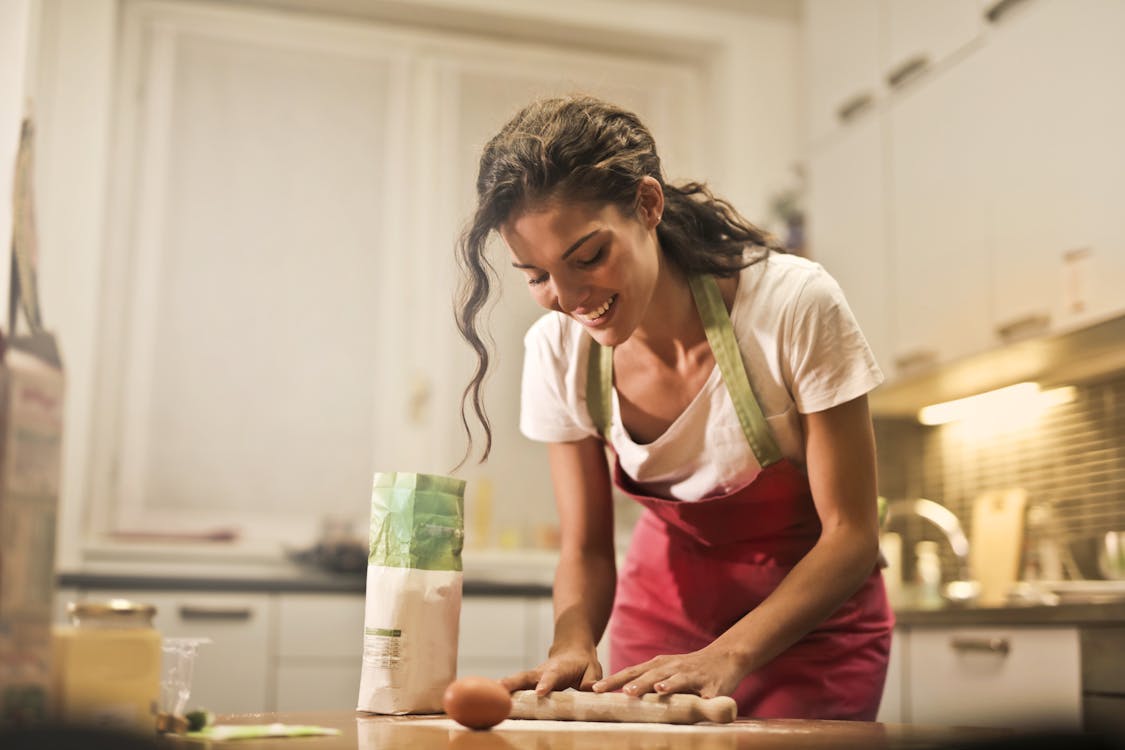The Ultimate Guide to Baking Bread at Home
Baking bread at home is a delightful and rewarding experience. Not only does it fill your house with the irresistible aroma of freshly baked bread, but it also allows you to control the ingredients and create a healthier product. Whether you are a novice baker or an experienced chef, this guide will provide you with everything you need to know about baking bread at home.

Why Bake Bread at Home?
Baking bread at home has several advantages:
- Quality Control: You control the ingredients, ensuring there are no preservatives or artificial additives.
- Freshness: Nothing beats the taste and texture of freshly baked bread.
- Cost-Effective: Baking at home is often cheaper than buying artisanal bread from the store.
- Customization: You can experiment with different flours, seeds, nuts, and flavors.
Essential Ingredients for Baking Bread
To start baking bread, you'll need a few basic ingredients:
- Flour: Bread flour or all-purpose flour is recommended. You can also experiment with whole wheat, rye, or gluten-free flours.
- Water: Use lukewarm water to help activate the yeast.
- Yeast: Active dry yeast or instant yeast are commonly used in bread baking.
- Salt: Essential for flavor and controlling yeast activity.
- Sugar: Feeds the yeast and helps with browning the crust. Optional, but often included.
Basic Bread Recipe
Here's a simple and foolproof bread recipe to get you started:
Ingredients:
- 3 1/2 cups bread flour
- 1 1/4 cups warm water
- 2 1/4 tsp active dry yeast (one packet)
- 1 tsp salt
- 1 tbsp sugar (optional)
Instructions:
- Activate the Yeast: In a small bowl, mix the warm water and sugar. Sprinkle the yeast over the top and let it sit for about 5-10 minutes until frothy.
- Mix the Dough: In a large mixing bowl, combine the flour and salt. Make a well in the center and pour in the yeast mixture. Stir until a rough dough forms.
- Knead the Dough: Turn the dough onto a floured surface and knead for about 10 minutes until smooth and elastic. If using a stand mixer, knead with the dough hook attachment on medium speed for 8 minutes.
- First Rise: Place the dough in a lightly oiled bowl, cover with a damp cloth, and let it rise in a warm place for about 1-2 hours, or until doubled in size.
- Shape the Dough: Punch down the risen dough to release air. Shape it into a loaf and place it in a greased loaf pan. Alternatively, shape it into a round or oval and place it on a baking sheet.
- Second Rise: Cover the dough again and let it rise for another 30-60 minutes, until doubled in size.
- Bake: Preheat your oven to 375°F (190°C). Bake the bread for 30-35 minutes, or until it sounds hollow when tapped on the bottom. If you're using a loaf pan, the internal temperature should reach 190°F (88°C).
- Cool: Remove the bread from the oven and let it cool on a wire rack before slicing.
Tips for Perfect Homemade Bread
- Use Fresh Yeast: Always check the expiration date on your yeast to ensure it's active.
- Proper Kneading: Kneading develops the gluten structure, giving the bread its chewy texture.
- Controlled Rising: Allow the dough to rise in a warm, draft-free environment. Too cold or too hot can affect the yeast activity.
- Don’t Over-Bake: Over-baking can make the bread dry. Check for doneness by tapping the bottom of the loaf or using a thermometer.
Exploring Different Types of Bread
Once you're comfortable with the basic recipe, try experimenting with different types of bread:
- Whole Wheat Bread: Substitute part or all of the bread flour with whole wheat flour.
- Sourdough: Use a sourdough starter instead of commercial yeast for a tangy flavor.
- Herb and Cheese Bread: Add herbs like rosemary or thyme and grated cheese to the dough.
- Sweet Breads: Incorporate ingredients like raisins, nuts, or cinnamon for a sweeter loaf.
Conclusion
Baking bread at home is a fulfilling and enjoyable hobby that results in delicious, homemade bread tailored to your taste. With this ultimate guide, you have the foundation to start your bread-baking journey. Remember, practice makes perfect, so don't be discouraged by initial hiccups. Happy baking!

 Cricket Score Counter
Cricket Score Counter Heads or Tails
Heads or Tails
You have not logged in, please Login to comment.